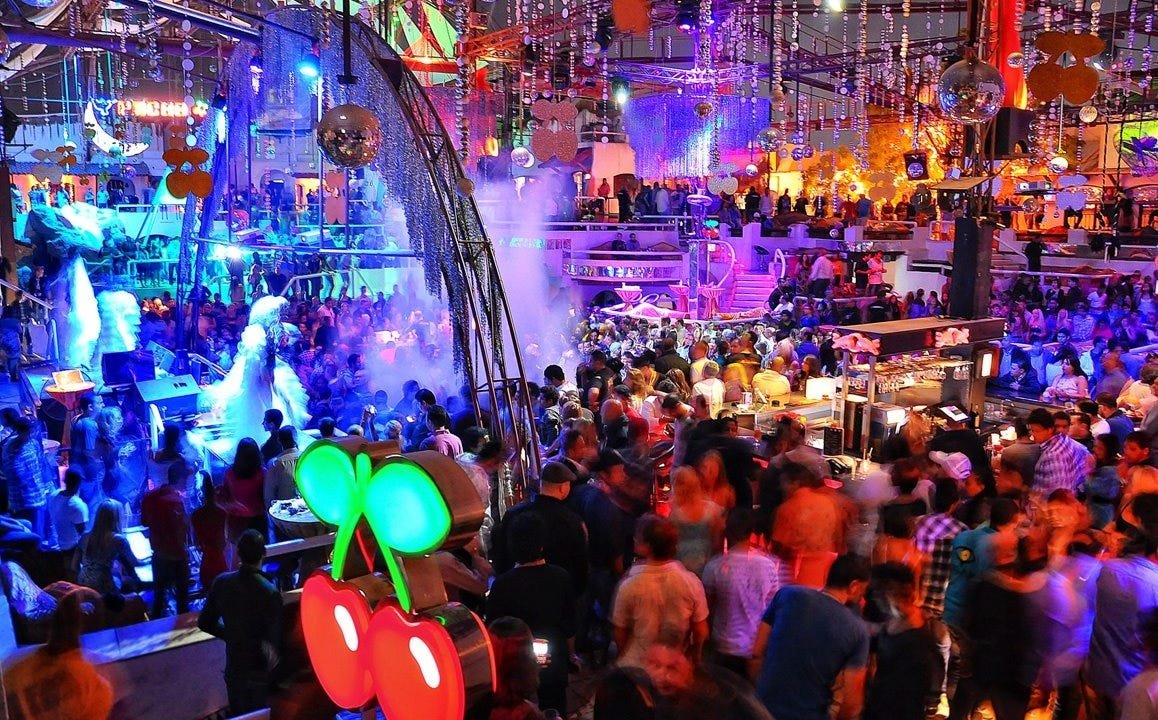The african new year is a vibrant celebration marking the start of a new season. Unlike the January New Year many are familiar with, the african new year begins in August, when the earth awakens after the dry, cold winter months. It is a time to honor the changing of seasons and the promise of new life.
This special day is celebrated in various ways across Africa, particularly in the Free State province. The african new year is more than just a time for parties; it’s a cultural event filled with traditions, performances, and gatherings. It marks a fresh start, symbolizing new beginnings and growth, much like the Spring rains refreshing the earth.
What Is the african new year and Why Is It Important?
The african new year is not the same as the one celebrated in January. It happens in August when the earth starts to recover from the cold winter months. This is the time when Africans, especially the Basotho people, celebrate new beginnings. It’s a celebration of the earth, life, and the changing seasons. The african new year is a reminder that life always finds a way to grow, even after a tough winter.
In the Free State province, people mark this time by honoring the harvest and giving thanks to God. The new year doesn’t follow the Gregorian calendar; instead, it is based on the moon’s position, which marks the change in seasons. It’s a celebration of the connection between the people and nature, reminding everyone to live in harmony with the earth.
When Does the african new year Begin? Discover the Date and Significance

The African New Year begins each year in August, during the month known as “Phato.” This is the time when the dry season ends and the first rains of Spring come. It’s a period marked by blowing winds and showers that refresh the earth. In 2014, for example, the celebration was held on August 2nd, signaling a new start for the year.
The timing of the african new year varies a little each year, but it always falls after the cold winter months. It is celebrated when the moon is full, which is when the seasons shift, and nature begins to rejuvenate. The african new year marks the end of winter and the beginning of the warmer, more fruitful months.
African New Year Traditions: A Time for Harvest and Offerings
In the african new year, people celebrate the harvest. After the long winter, the first crops are harvested and presented as offerings to God. This tradition shows gratitude for the earth’s abundance and is a way to ask for continued blessings. It’s a time of thanksgiving, where people acknowledge that all life comes from the earth.
The harvest offerings are important because they symbolize a fresh start. It’s not just about food; it’s a reminder that the earth gives life to everything we need. The act of plowing fields and bringing the first fruits as offerings also reminds people of their deep connection with nature.
How the african new year Brings Communities Together
The african new year celebration is a community event that brings people from all walks of life together. From local villagers to cultural groups, everyone takes part in the celebrations. This sense of unity is essential, as it helps to build stronger bonds between people, fostering a sense of pride in one’s culture.
During the celebration, people come together for cultural performances, such as dances and music, that showcase different traditions. These activities help people understand and appreciate each other’s cultures, leading to greater social cohesion. It’s a celebration that not only honors nature but also the rich diversity of human cultures.
Cultural Performances You Can Expect at the african new year Celebration

One of the most exciting parts of the african new year celebration is the cultural performances. These include traditional dances, music, and even horse demonstrations. While Sesotho dances are the most common, people from various cultural backgrounds participate. Tswana, Zulu, and Afrikaans “Volkspele” dances are also showcased, making the celebration a rich tapestry of diverse cultures.
The event often includes performances from local artists, including drummers and dancers. These performances are a way to share cultural traditions with others, promoting understanding and appreciation. Each performance is a reminder of the importance of preserving cultural heritage and passing it on to future generations.
Conclusion
The african new year is more than just a celebration of a new year; it’s a celebration of life, nature, and community. It’s a time for people to come together, honor their traditions, and embrace the new season. The event highlights the importance of living in harmony with nature and recognizing the cycle of life that continues year after year.
This celebration reminds us that every season brings a new beginning. The african new year helps us understand the deep connections between people, the land, and the seasons. By celebrating it, we honor the past, enjoy the present, and look forward to the future with hope.
FAQs
Q: When is the african new year celebrated?
A: The african new year is celebrated in August, after the last days of winter, when the first rains of Spring come.
Q: What happens during the african new year celebration?
A: The celebration includes traditional dances, music, cultural performances, and offerings of the first harvest to God.
Q: Why does the african new year start in August?
A: It starts in August to mark the end of winter and the beginning of the rainy season, which signifies new life.
Q: Who participates in the african new year celebrations?
A: People from various cultural backgrounds participate, including those from Fouriesburg, Clarens, Bethlehem, Kestell, Harrismith, and Qwaqwa.
Q: What is the importance of the harvest during the african new year?
A: The first harvest is offered to God as a sign of gratitude for the earth’s bounty and a way to seek blessings for the coming year.
